
Filter News
Area of Research
- Advanced Manufacturing (5)
- Biological Systems (1)
- Biology and Environment (103)
- Biology and Soft Matter (4)
- Building Technologies (2)
- Chemical and Engineering Materials (3)
- Chemistry and Physics at Interfaces (7)
- Clean Energy (187)
- Climate and Environmental Systems (7)
- Computational Biology (1)
- Computational Chemistry (5)
- Computational Engineering (1)
- Computer Science (3)
- Data (1)
- Earth Sciences (1)
- Electricity and Smart Grid (1)
- Energy Frontier Research Centers (7)
- Fuel Cycle Science and Technology (2)
- Functional Materials for Energy (8)
- Fusion and Fission (33)
- Fusion Energy (7)
- Geographic Information Science and Technology (1)
- Isotope Development and Production (1)
- Isotopes (22)
- Materials (136)
- Materials for Computing (13)
- Materials Synthesis from Atoms to Systems (8)
- Materials Under Extremes (7)
- National Security (46)
- Neutron Data Analysis and Visualization (2)
- Neutron Science (74)
- Nuclear Science and Technology (29)
- Quantum Condensed Matter (3)
- Quantum information Science (4)
- Renewable Energy (2)
- Sensors and Controls (2)
- Supercomputing (155)
- Transportation Systems (4)
News Type
News Topics
- 3-D Printing/Advanced Manufacturing (43)
- Advanced Reactors (9)
- Artificial Intelligence (47)
- Big Data (27)
- Bioenergy (52)
- Biology (60)
- Biomedical (29)
- Biotechnology (12)
- Buildings (24)
- Chemical Sciences (26)
- Clean Water (15)
- Climate Change (54)
- Composites (7)
- Computer Science (89)
- Coronavirus (18)
- Critical Materials (3)
- Cybersecurity (14)
- Decarbonization (50)
- Education (1)
- Emergency (2)
- Energy Storage (35)
- Environment (110)
- Exascale Computing (26)
- Fossil Energy (4)
- Frontier (25)
- Fusion (33)
- Grid (25)
- High-Performance Computing (44)
- Hydropower (5)
- Isotopes (28)
- ITER (2)
- Machine Learning (23)
- Materials (44)
- Materials Science (54)
- Mathematics (7)
- Mercury (7)
- Microelectronics (2)
- Microscopy (23)
- Molten Salt (1)
- Nanotechnology (20)
- National Security (40)
- Net Zero (8)
- Neutron Science (50)
- Nuclear Energy (60)
- Partnerships (16)
- Physics (34)
- Polymers (11)
- Quantum Computing (21)
- Quantum Science (31)
- Renewable Energy (1)
- Security (12)
- Simulation (32)
- Software (1)
- Space Exploration (12)
- Statistics (1)
- Summit (30)
- Sustainable Energy (47)
- Transformational Challenge Reactor (3)
- Transportation (32)
Media Contacts

Deep neural networks—a form of artificial intelligence—have demonstrated mastery of tasks once thought uniquely human. Their triumphs have ranged from identifying animals in images, to recognizing human speech, to winning complex strategy games, among other su...
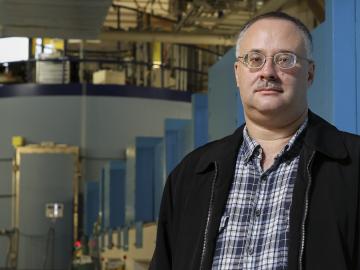
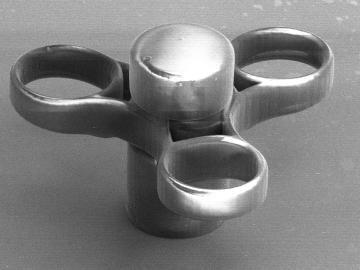
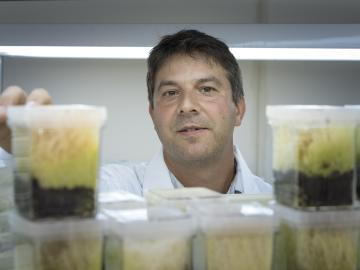
David Weston became fascinated with plant genetics and ecology in college, and now with the support provided by the DOE Office of Science Early Career Research Program, he will link those fields as he studies plant-microbe symbiosis. The research will focus on sphagnum moss, a dominant plant of n...
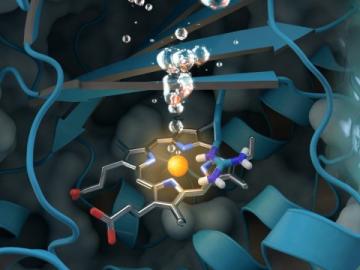
A new study sheds light on a unique enzyme that could provide an eco-friendly treatment for chlorite-contaminated water supplies and improve water quality worldwide. An international team of researchers led by Christian Obinger from the University of Vienna used neutron analys...
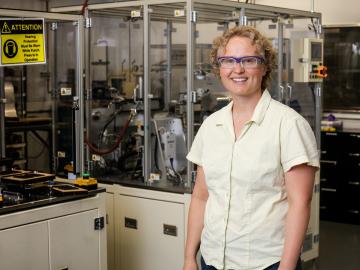
In the quest for better batteries, Rose Ruther has found that the positives nearly always outweigh the negatives, and that’s what keeps her coming back to the lab. Ruther works on novel materials to create batteries with higher energy density at a lower cost as part of the Roll to Roll Manufactur...
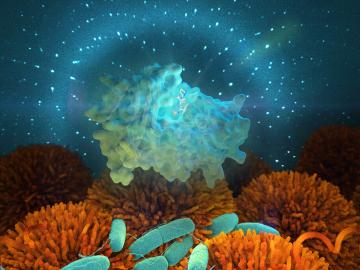
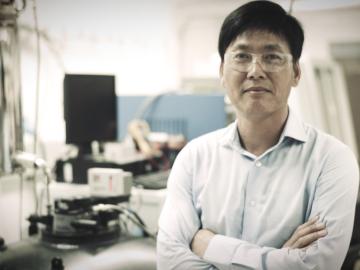

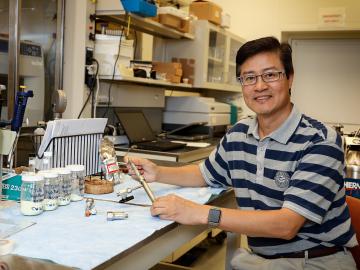
Chemical and biomolecular engineer Michael Hu has spent his career devising novel means to filter, separate, and select desirable materials from liquids and gases with an eye toward better biofuels, biochemicals, pharmaceuticals, and other products—and is setting his sights on app...


